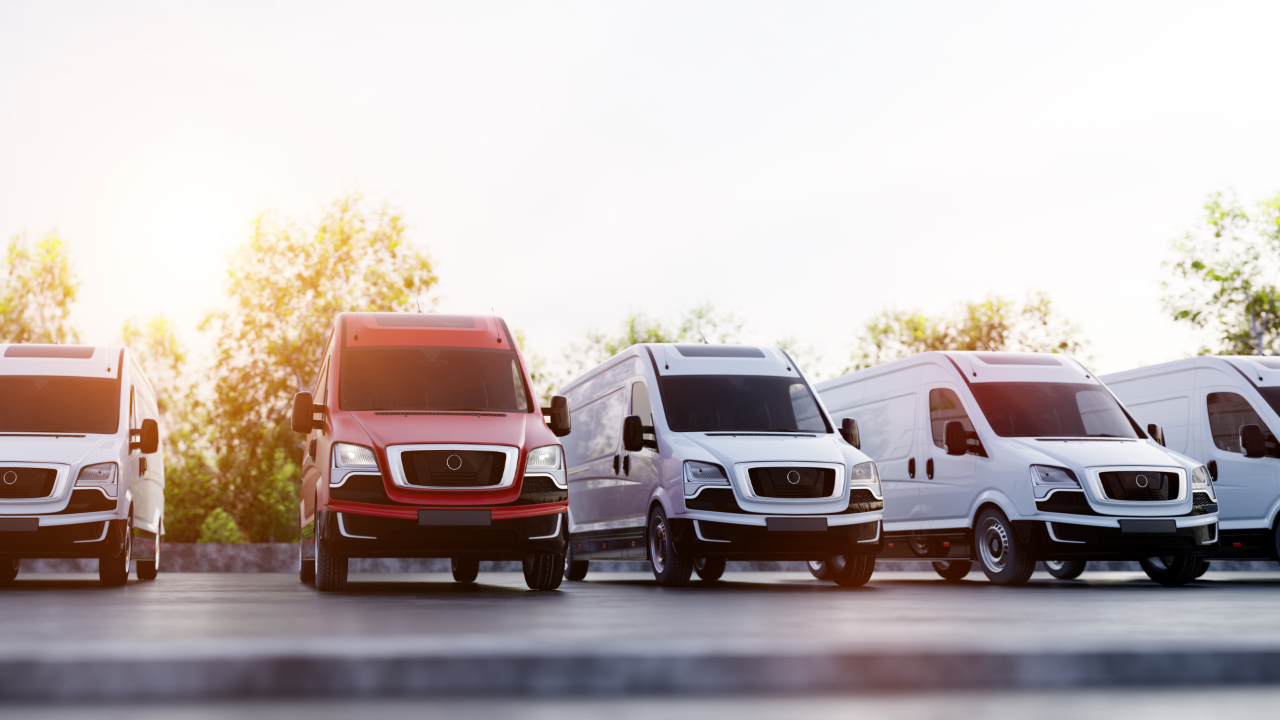As temperatures drop during winter, electric vehicle (EV) owners may wonder how the cold weather affects their EV charging experience. Transitioning to electric transportation is a big step and if you are living somewhere where you experience colder climates, it's common to question EV charging issues in cold weather.
This blog will explore whether EV charging is slower during winter, if EV range decreases in winter, and steps you can take to optimize EV charging in cold weather.
Do EV’s Charge Slower in Cold Weather?
If your EV’s battery becomes too cold, it may require significantly more energy to start. Lithium-ion batteries are temperature-sensitive and perform best in a range of 60 to 80°F. Whenever possible, park your electric car in a garage to help protect it from extreme cold weather.

While it's true that extreme temperatures can affect the battery’s performance, modern EVs are equipped with battery management systems to mitigate these issues and concerns. A recent study conducted by Recurrent shows that after testing more than 200,000 fast-charging sessions, only 9 minutes on average may be added when EV charging in cold weather, which doesn’t impact daily driving or charging as much as they expect.
More on how to charge your EV faster:
What EV Chargers are Fastest?
How to Charge Your EV Faster
Does Cold Weather Decrease EV Range?

Electric cars in cold weather experience reduced range and battery efficiency due to chemical and mechanical factors.
1. Chemical: Cold temperatures slow down reactions within the battery, creating resistance and reducing available power. While the impact varies by model, advancements in battery technology and thermal management have improved EV performance in low temperatures.
2. Mechanical: Cold weather EV range loss primarily results from the energy used for cabin heating to keep passengers warm. Unlike conventional vehicles, EVs rely on battery power to generate heat, which reduces the energy available for driving.
Learn more about EV range loss in cold weather and tips on how you can maximize EV range in the winter.
Tips for Optimizing Your EV Charging During Winter
When facing colder weather, there are a few things that you can do to optimize your EV charging performance during winter.
- Pre-conditioning - Start the EV charging process with a pre-conditioning feature if your electric car supports it. This will warm up the battery before charging, improving its efficiency in cold weather.
- Scheduled Charging - Take advantage of your EV's scheduled charging feature. Plan charging sessions during warmer parts of the day to optimize battery performance.
- Maintaining Battery Health - As cold weather can affect battery life, regularly maintaining your EV's battery by keeping it charged between 20% and 80% will make a difference.
- Use Covered Parking - Whenever possible, park your EV in a garage to shield it from extreme cold. This not only helps maintain a more comfortable temperature for the battery but also reduces the need for extensive warming during charging.
EV Charger Maintenance Guide
How To Choose Between Indoor And Outdoor EV Chargers
Navigating EV Charging in Cold Weather
While there are some challenges with charging EV in cold weather temperatures, they are minimal and advancements in technology can significantly reduce these issues. By incorporating these tips into your EV charging routine, you can ensure a more efficient and reliable EV charging experience even in the coldest climates.
Contact metroEV for a personalized EV charger quote and expert guidance. Our team will help you choose the right EV charger type, ensuring a seamless installation that meets your building’s unique needs, even in the winter.
To learn more, download our free guide on how to get started with EV charging.
Related articles:
EV Range Loss in Cold Weather: Tips on How to Maximize EV Range in Cold Weather

AUTHOR
Shai Sinai
Shai is the Vice President of Sales at metroEV, specializing in electric vehicle charging station installations for multi-residential, commercial and public properties. With hands-on experience across the entire process—from site assessments and EV Ready planning to infrastructure design and installation—Shai brings deep industry knowledge and practical insight to every project.








